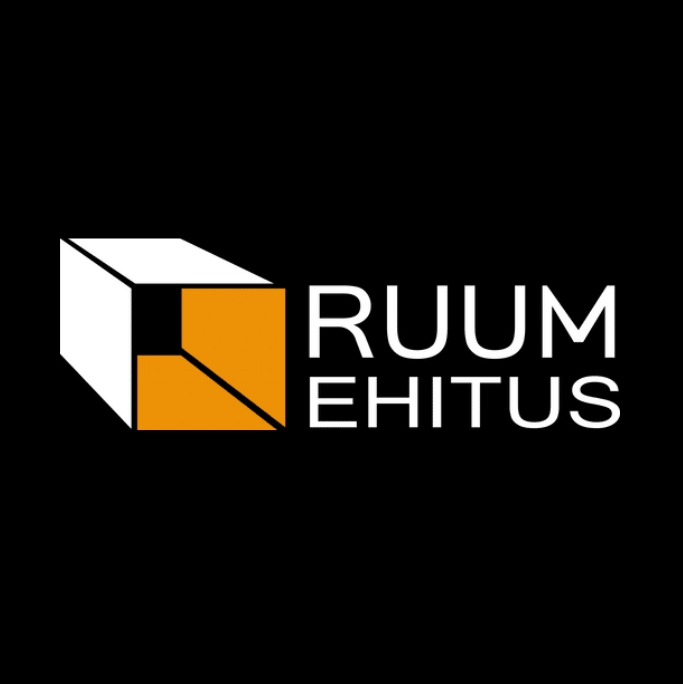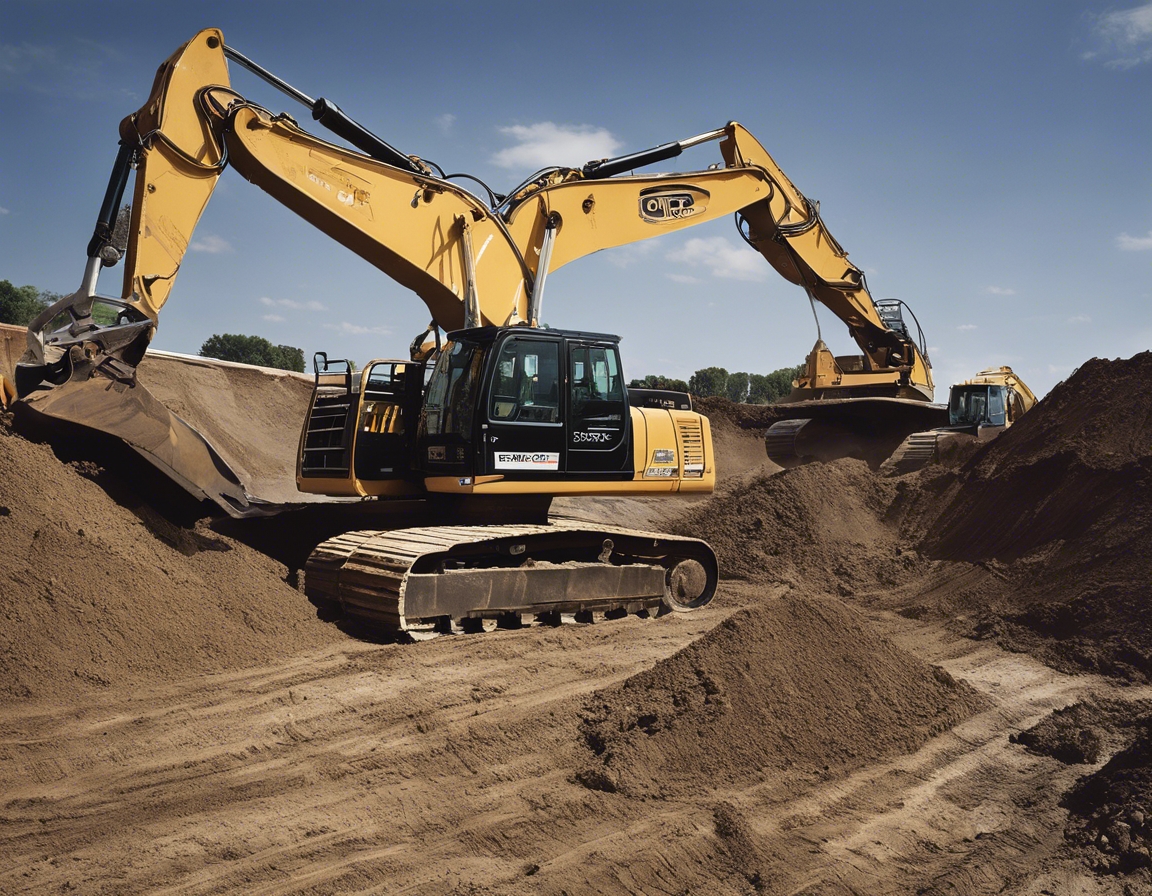5 trends shaping the future of construction
The construction industry is on the brink of a revolution, with emerging trends that promise to reshape the way we build and live. RUUM EHITUS OÜ is at the forefront of adopting these trends to provide our clients with the most advanced, sustainable, and comfortable living and commercial spaces. Here are five trends that are shaping the future of construction.
1. Sustainable and Green Building Practices
With a growing emphasis on sustainability, the construction industry is integrating energy-efficient designs and renewable energy sources into new projects. This includes the use of solar panels, wind turbines, and geothermal systems to reduce the carbon footprint of buildings.
Materials such as bamboo, recycled plastics, and reclaimed wood are becoming more popular in construction due to their low environmental impact. These materials not only help conserve natural resources but also offer durability and aesthetic appeal.
Green certifications like LEED, BREEAM, and WELL are setting the standard for sustainable construction, ensuring that buildings meet stringent environmental and health benchmarks.
2. Technological Advancements in Construction
BIM technology allows for the creation of digital representations of physical and functional characteristics of spaces. This facilitates better planning, design, construction, and management of buildings.
Prefabrication and modular construction are gaining traction as they enable faster, more cost-effective building processes with less waste. These methods also allow for greater quality control and can reduce construction time significantly.
Drones and robotics are being increasingly used for surveying, inspecting, and constructing buildings. They offer precision and efficiency, especially in hard-to-reach areas, and can improve worker safety.
3. Increased Focus on Health and Well-Being
Design elements that promote mental and physical health are becoming a priority. This includes the incorporation of natural light, open spaces, and green areas within building designs.
Smart technology is being integrated into homes and buildings to enhance comfort, security, and energy efficiency. Features like automated lighting, heating, and security systems are becoming standard.
Biophilic design, which incorporates natural elements into the built environment, is being used to create spaces that connect occupants to nature, improving well-being and productivity.
4. New Materials and Building Techniques
Materials like self-healing concrete, which can repair its own cracks, are being developed to increase the longevity and durability of structures.
3D printing is revolutionizing the construction industry by allowing for the creation of complex building components with precision and speed, potentially reducing costs and construction waste.
Advanced composites, known for their strength and lightweight properties, are being used more frequently in construction, particularly in areas prone to extreme weather conditions or seismic activity.
5. Shifts in Project Delivery and Management
New project delivery models that emphasize collaboration among stakeholders are improving efficiency and reducing conflicts during the construction process.
Project management software and tools are streamlining the construction process, from scheduling to budgeting, ensuring projects are completed on time and within budget.
Data analytics is playing a crucial role in construction, helping firms to make informed decisions based on trends, patterns, and predictions.






Comments (0)